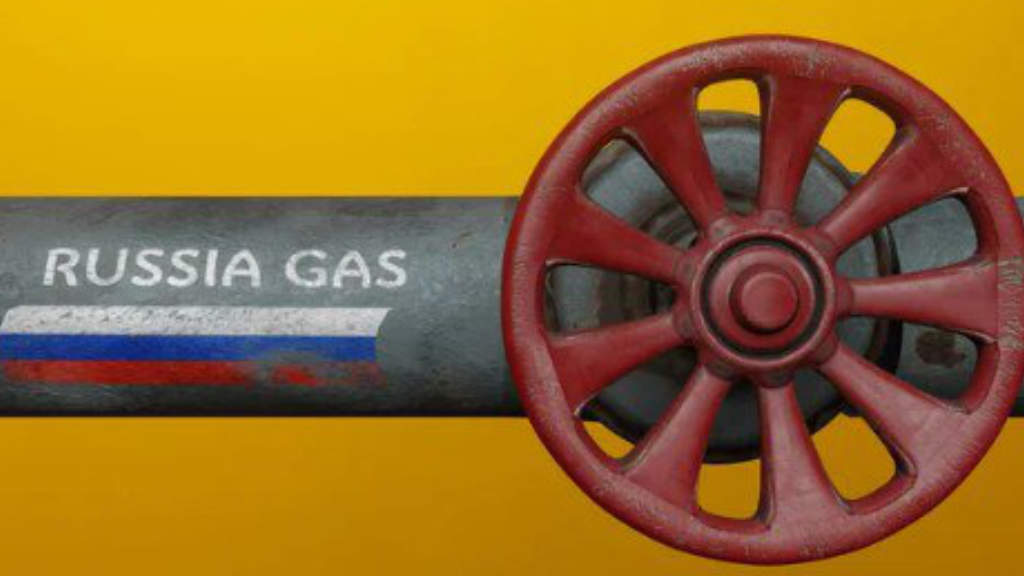A week after signing a memorandum with China on the Power of Siberia 2 pipeline megaproject, Gazprom is discussing future major construction projects with Russian suppliers of the key component part needed to build gas pipelines: large-diameter pipes.
A legally binding memorandum was signed in Beijing on September 2 on the construction of the Power of Siberia 2 gas pipeline from Russia to China and the Soyuz-Vostok transit pipeline through Mongolia. This will enable Russia to export 50 billion cubic meters of gas per year with transit through Mongolia.
The construction project will lead to a boom time for Russian manufacturers and help expand Russian productivity. The Power of Siberia 2 is part of the larger Eastern Gas Supply System (EGSS) project that will connect gas production centres in Eastern Russia with the country’s existing Unified Gas Supply System and bring piped gas services to regions that previously did not have access to them. The EGSS will run from the huge Tambeiskoye field in the northern part of the Yamal Peninsula in the Arctic through Bovanenkovo, Novy Urengoi, the Khanty Mansi Autonomous District, Tomsk and Kemerovo regions, and Krasnoyarsk Territory to reach the border with Mongolia near Irkutsk.
Gazprom plans to use pipes with a new operating pressure level of 150 atmospheres for the project.
Russian pipe manufacturers have developed and mastered production of a unique steel pipe with a diameter of 1420 mm and strength rating of K70 for the gas company. The new generation pipes are intended to handle an operating pressure of 150 atmospheres (14.7 MPa), which is a record for onshore gas pipelines. All Russian players on the pipe market, including Severstal, OMK Steel, TMK and the Zagorsk Pipe Plant, have mastered production for Gazprom, making them world leaders in these types of technology.
The innovative solution will make it possible to substantially boost the productivity of gas pipelines without significantly increasing their metal consumption and will require fewer pump stations. As a result, it will optimize capital and operating expenditures while providing reliable gas transportation.
Welding technology has also already been developed for the construction of EGSS pipelines with the new generation of pipes. Russian companies have developed equipment to compress, treat and cool gas, capable of supporting an operating pressure of 150 atmospheres.
The Power of Siberia 2 project has been described as the world’s most expensive and largest project yet undertaken.
Further Reading
Russia To Confirm Power of Siberia 2 Pipeline Costs Next Year






